Cowboy Ribeye Vs Tomahawk Steaks: Difference Between Two Monster Cuts

The world of Mr. Steak is rich with diverse cuts of meat. Each cut possesses unique textures, flavors, and appearances that appeal to different palates and preferences. Two cuts that often take center stage at high-end steakhouse menus are the Cowboy Ribeye and the Tomahawk Steak.
Despite their common origin from the prime rib cut, these two options are distinct in several aspects. These range from their bone structure to their presentation, taste, and even the overall dining experience they offer. Mr. Steak is here to dive into the differences between the Cowboy Steak vs Tomahawk Steak. He will shed light on their culinary significance and the factors that set them apart.
Origins and Bone Structure:
The origins of both the Cowboy Ribeye and the Tomahawk Steak trace back to the primal rib cut of a cow. It lies between the shoulders and the loin. This cut exhibits rich marbling, resulting in tender and flavorful meat. Both steaks are variations of the classic Ribeye
What distinguishes the two cuts is the bone structure. Both cuts undergo a cleaning process called "Frenching". This is when the butcher cuts off the extra fat and gristle at the tail of the ribeye. Frenching gives the cut it's shape and reveals a clean, exposed bone.
The Cowboy Ribeye is a bone-in ribeye steak with a relatively short bone, also known as the Short-Bone Tomahawk. We remove most of the rib bone for ease of handling and consumption. The Cowboy's weight is more accurate to the amount of meat on the steak with the trimmed bone.
The Tomahawk Steak is a bone-in ribeye with an elongated bone that resembles the shape of a tomahawk axe handle. This long bone adds to the visual appeal of the Tomahawk Steak. It can serve as a handle, making it a true showstopper when presented.
Tomahawk Steaks:

Presentation and Visual Appeal:
One of the most striking differences between the Cowboy Steak and the Tomahawk lies in their presentation.
The Tomahawk Steak's elongated bone creates a dramatic and visually appealing presentation that often evokes a sense of primal indulgence. This presentation is great for special occasions or photos that catch the eye of steak lovers and casual diners.
The Cowboy Steak, named after it's rugged essence, is the perfect choice for steak lovers who prefer a no-nonsense, hearty experience. With its more traditional bone-in presentation, it offers a classic aesthetic. Some describe the shortened bone to resemble a handle, perfect for holding this juggernaut of a steak.

Flavor and Texture:
When it comes to the culinary experience, both cuts deliver exceptional flavors and textures.
With both being variations of the Bone-In Ribeye, the overall steak is very similar. The Tomahawk's extended bone may require longer cooking time to ensure even cooking. This extra cooking time can result in a more intense flavor as the bone's heat distribution impacts the surrounding meat.
Some believe flavor transfers from the bone marrow into the meat, which is a bonus of the bone-in steak. Mr. Steak puts Bone-In vs Boneless head-to-head to find the truth. When cooking steaks of varying sizes, as these two cuts do, cooking time will vary
The larger size of these steaks make them a great option for sharing. Giving diners the experience of collective enjoyment with a communal meal.
Cooking and Preparation:
You can cook the Cowboy Ribeye and the Tomahawk Steak in various ways, such as grilling or pan-searing. However, due to the larger size of these cuts, it might require more attention to cooking temperatures and times. The desired level of doneness without overcooking or undercooking different portions of the meat can be tricky.
Mr. Steak always recommends cooking steaks on high heat. Allow your grill to preheat as much as possible before placing the steaks down. After searing the outsides to lock the flavor in and get that nice char, move the steaks to indirect heat. This will allow the steaks to finish cooking inside, without burning the outside.
Steak Doneness Internal Temperatures:
- Rare: 120-125 °F
- Medium Rare: 130-135 °F
- Medium: 140-145 °F
- Medium-Well: 150-155 °F
- Well Done: 160+ °F
Make sure to remove the steak a little before you reach these internal temperatures. They will finish cooking for 4-6 minutes after taking them off the grill. This lets the juices settle and make the steak that much more flavorful.
Culinary Experience and Occasions:
Deciding between a Tomahawk Steak vs Cowboy Steak involves more than just flavor. You need to add in the overall dining experience and the specific occasion.
The Tomahawk is popular for special occasions or upscale meals. It looks impressive and adds to the enjoyment of the food. Its larger size lends itself well to shared dining, making it a centerpiece for communal enjoyment.
Those seeking a timeless steakhouse experience might favor the Cowboy Ribeye, with its more classic bone-in presentation. It's large size also allows for sharing and collective feasting.
The Verdict:
The Tomahawk vs Cowboy steak comes down to distinct culinary experiences that cater to different preferences and occasions.
The Cowboy Ribeye, with its classic bone-in presentation, tends to appeal to those seeking a traditional and refined steak experience.
On the other hand, the Tomahawk Steak's dramatic presentation and elongated bone make it a prime choice for special celebrations and those who relish a visual and flavorful feast. But to keep your Mr. Steak experience more cost effective and we highly recommend the crowd pleasing Cowboy Ribeye!
 (Click here to make your vote count)
(Click here to make your vote count)
Ultimately, the choice between these two remarkable cuts hinges on individual tastes, desired dining experiences, and the art of savoring a well-prepared piece of premium beef. You'll just need to try both and find out for yourself!


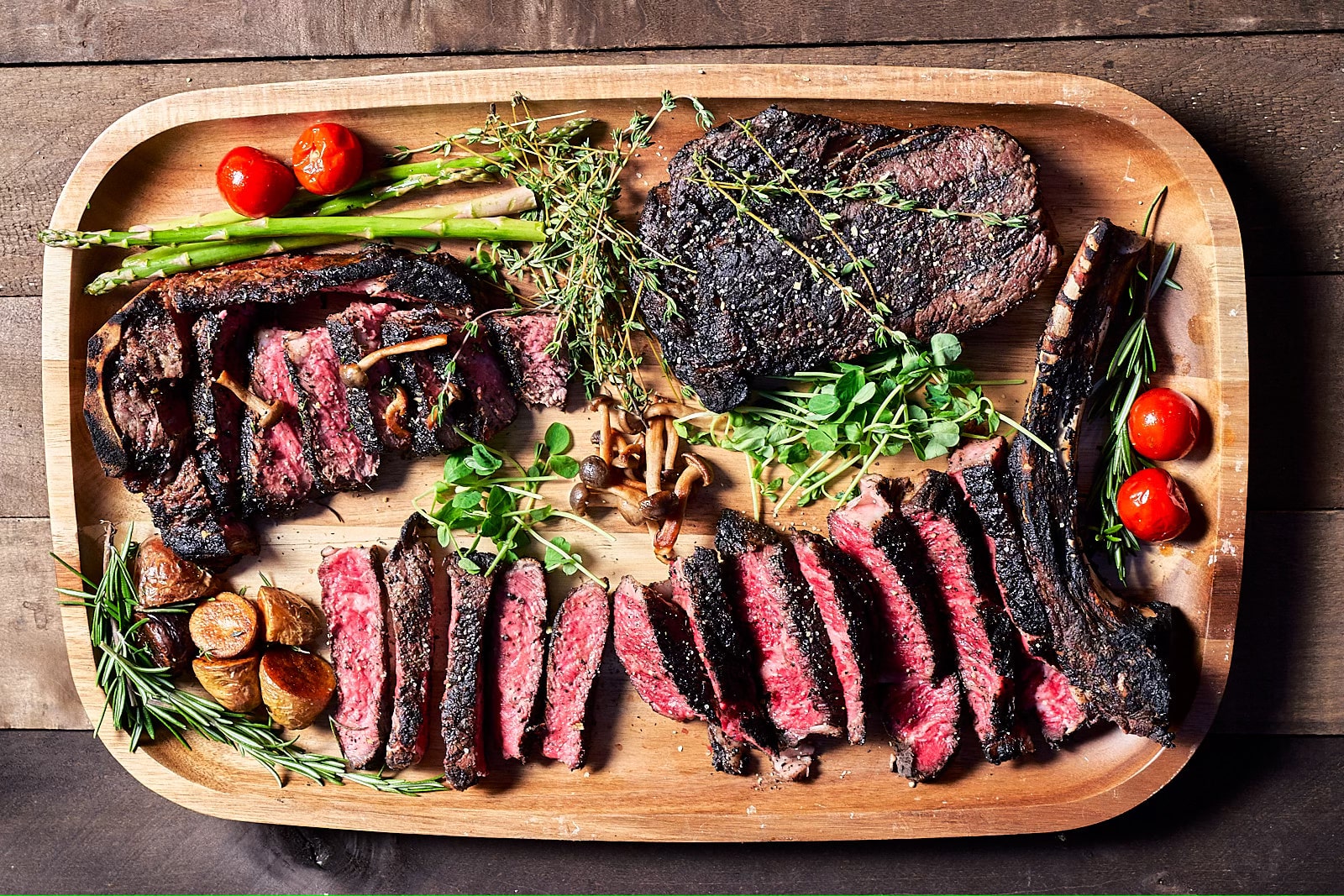
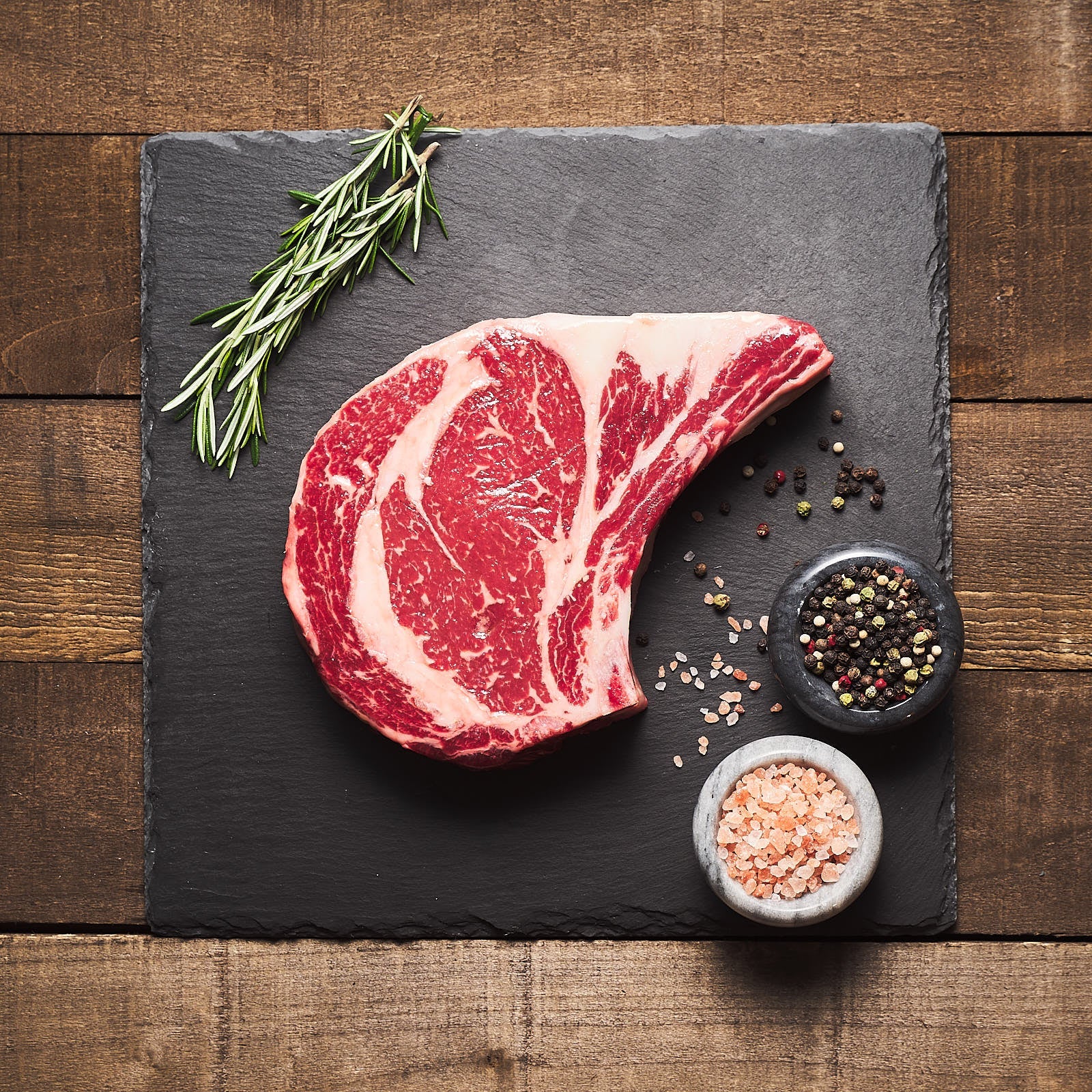
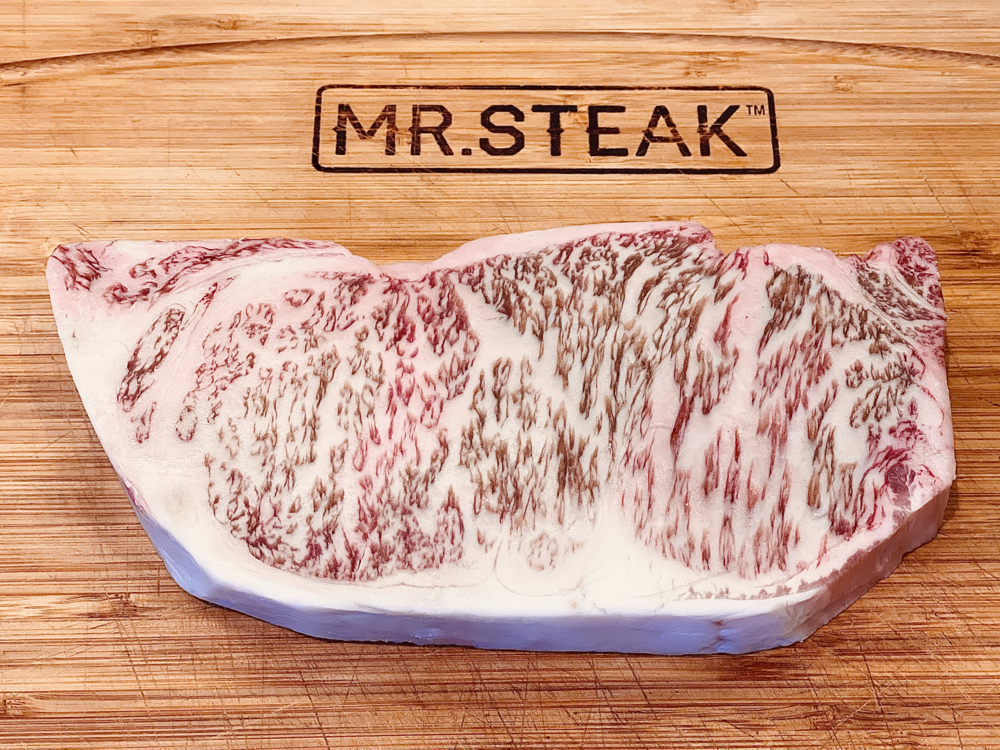


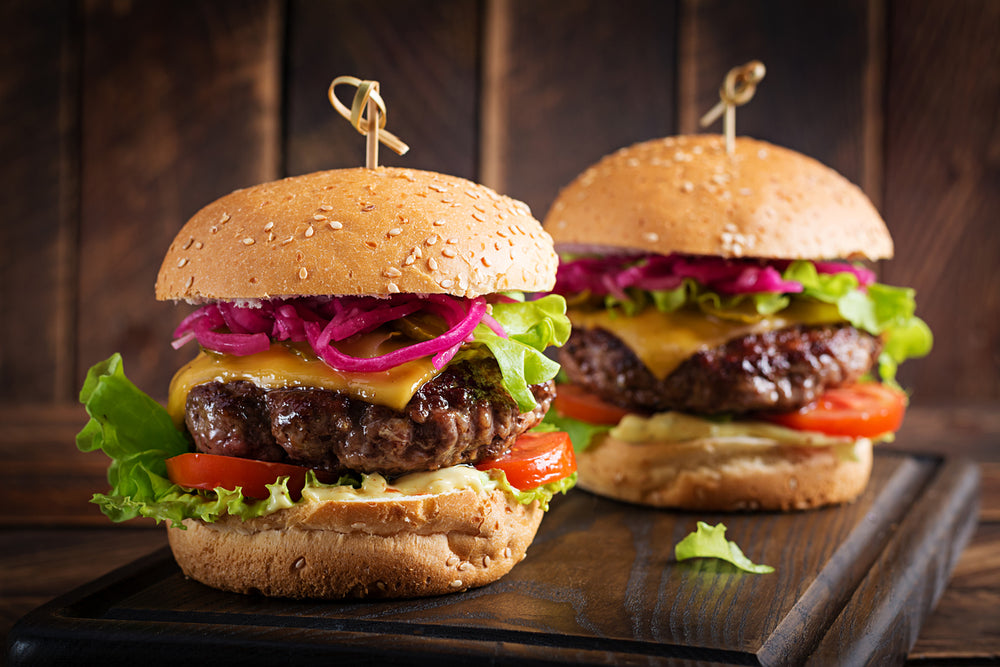
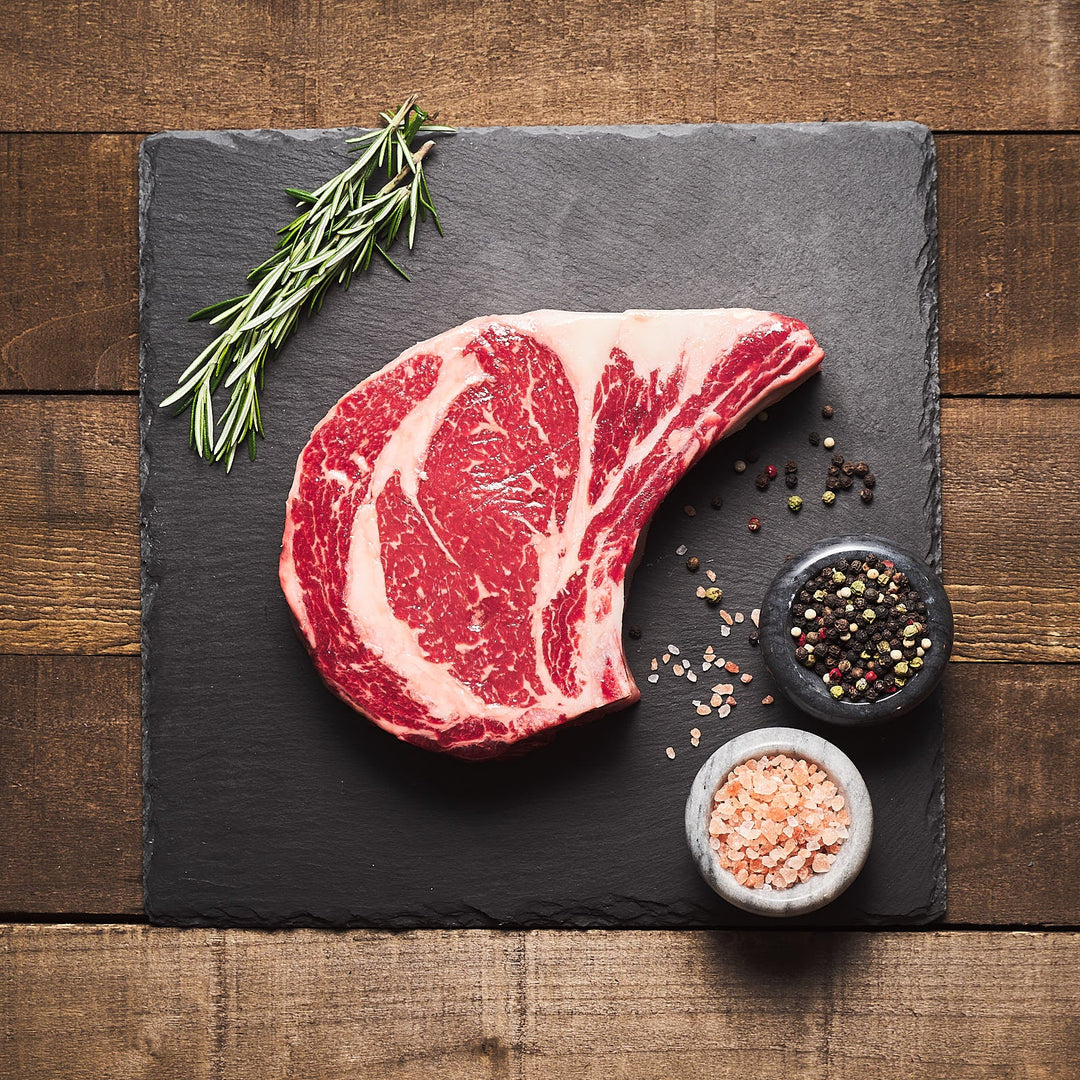
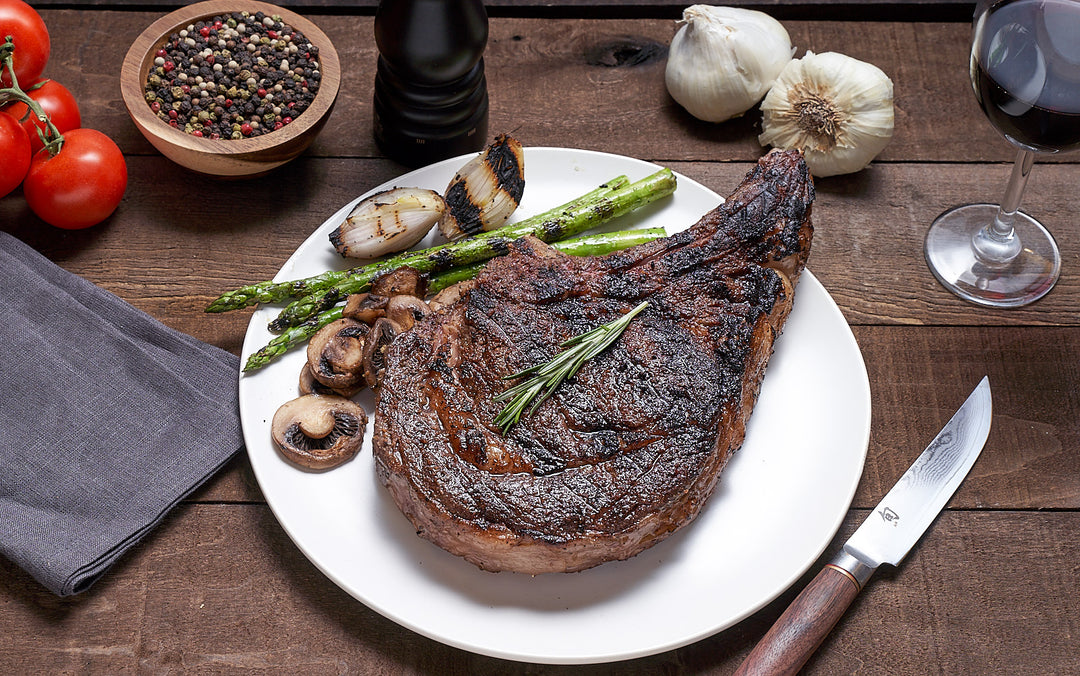
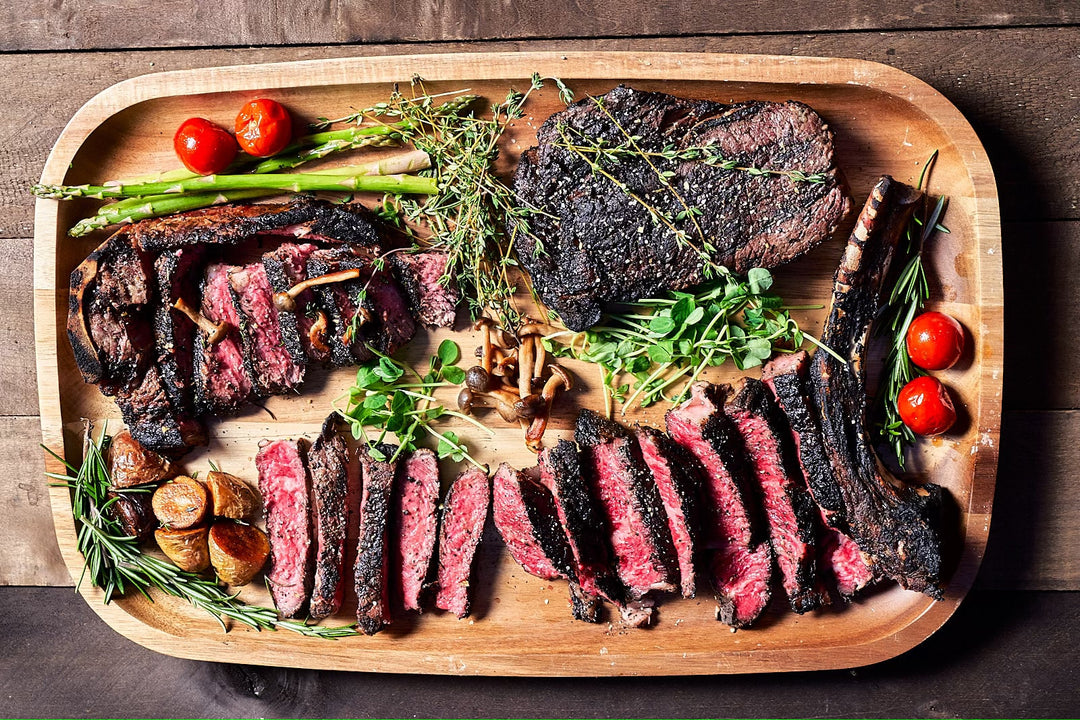
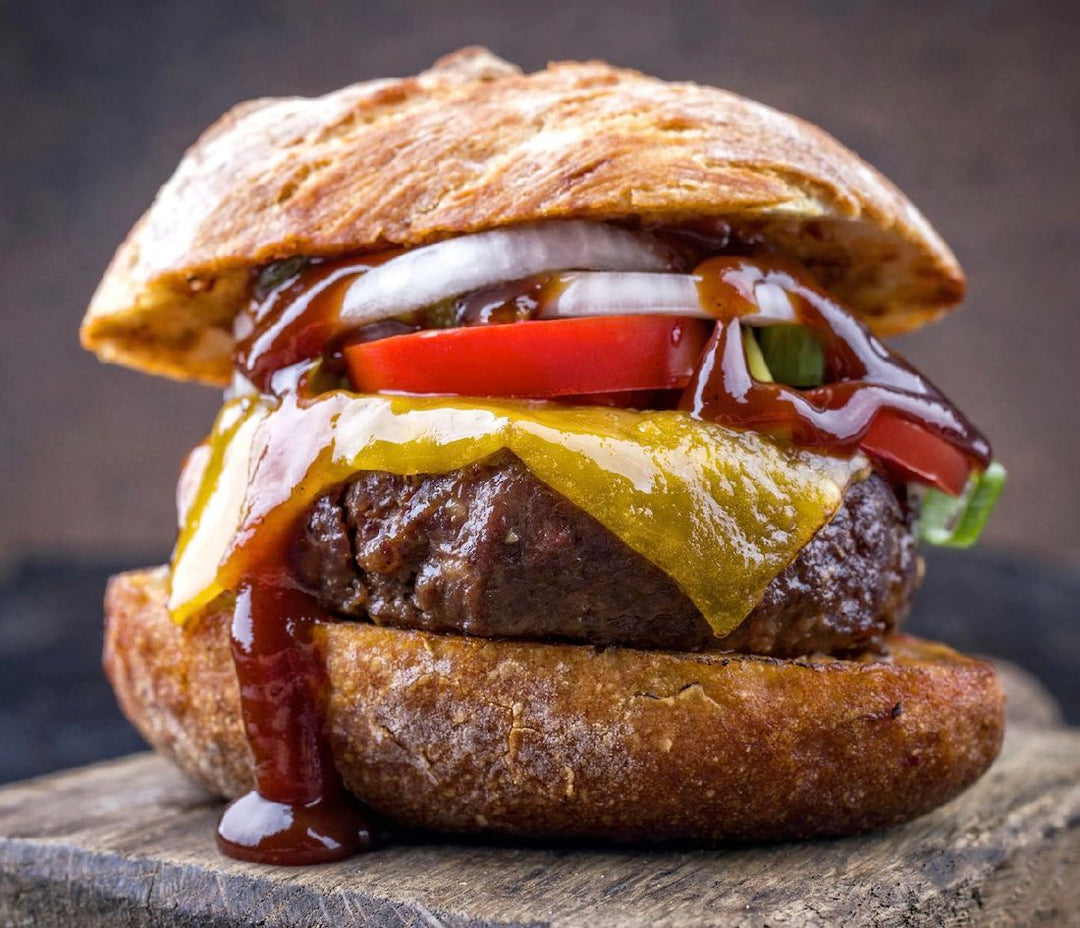


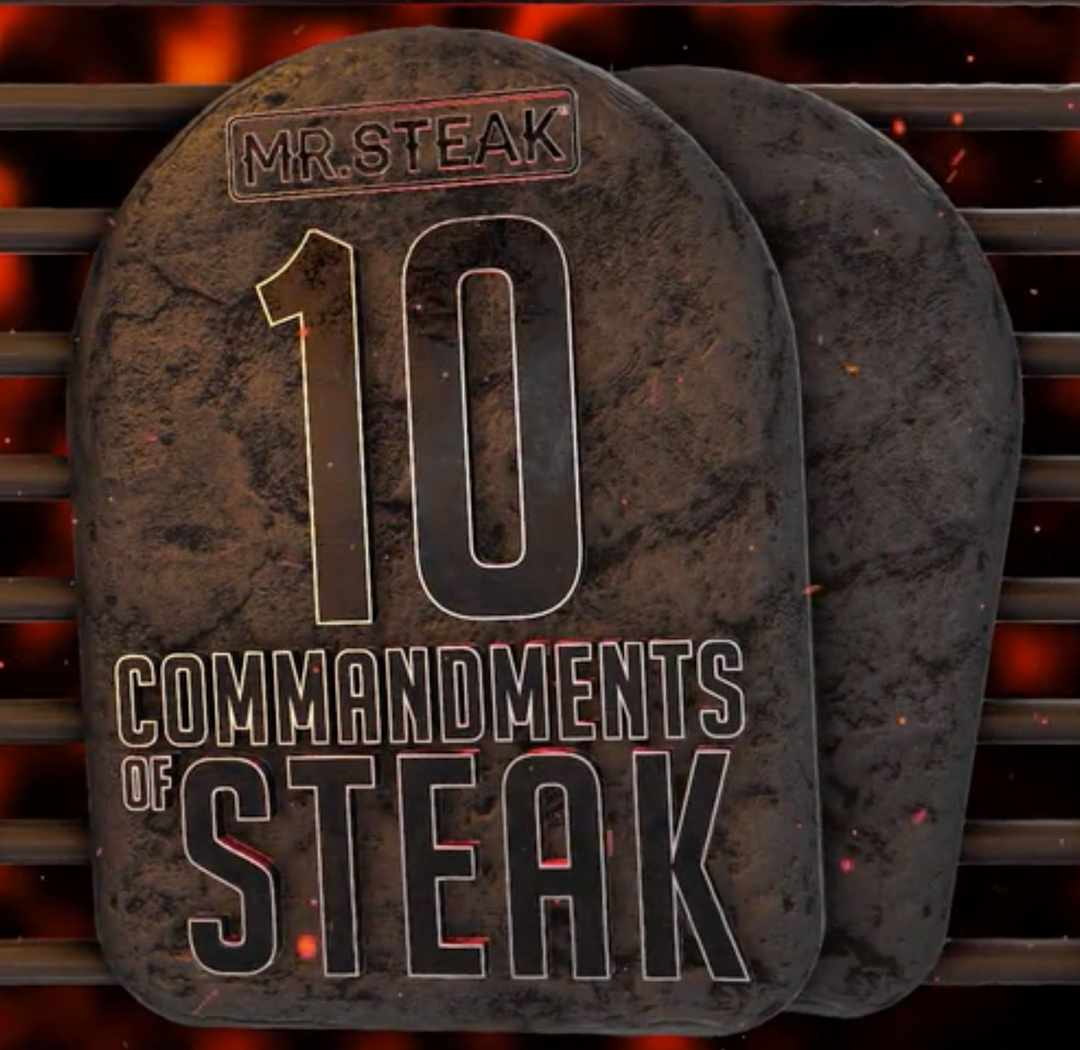
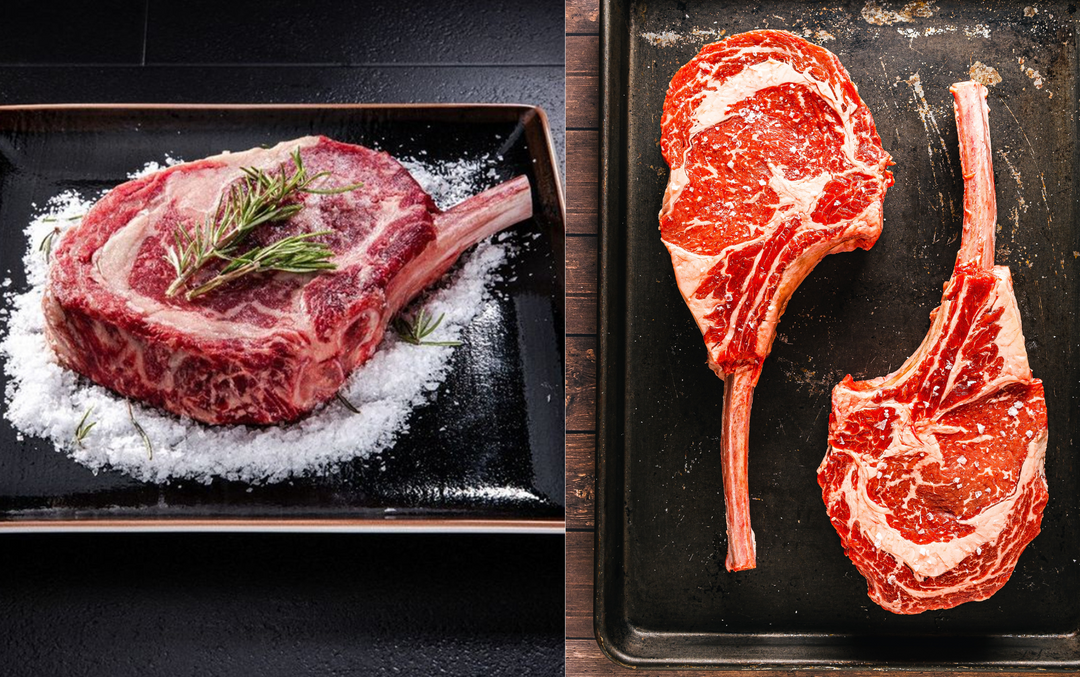
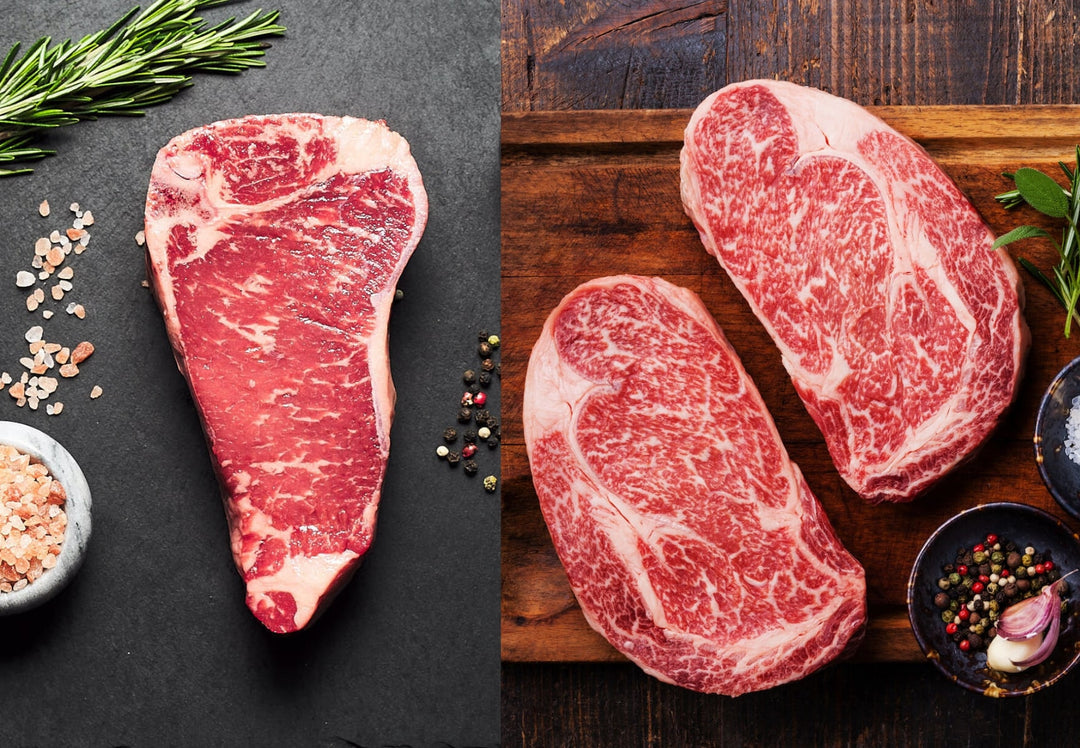
Leave a comment